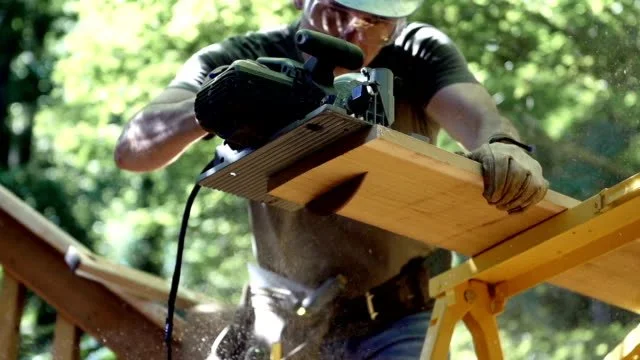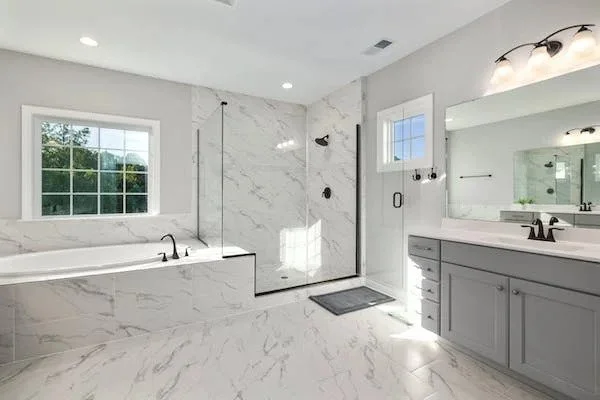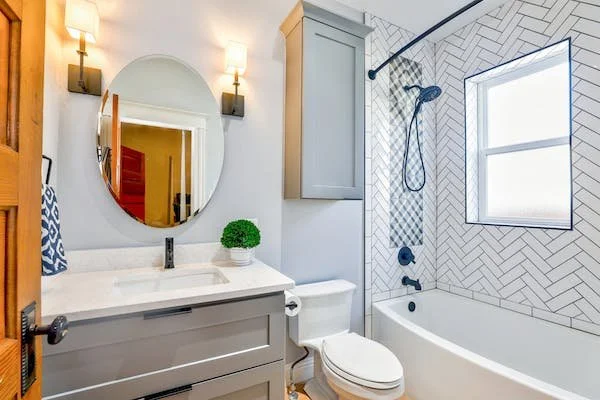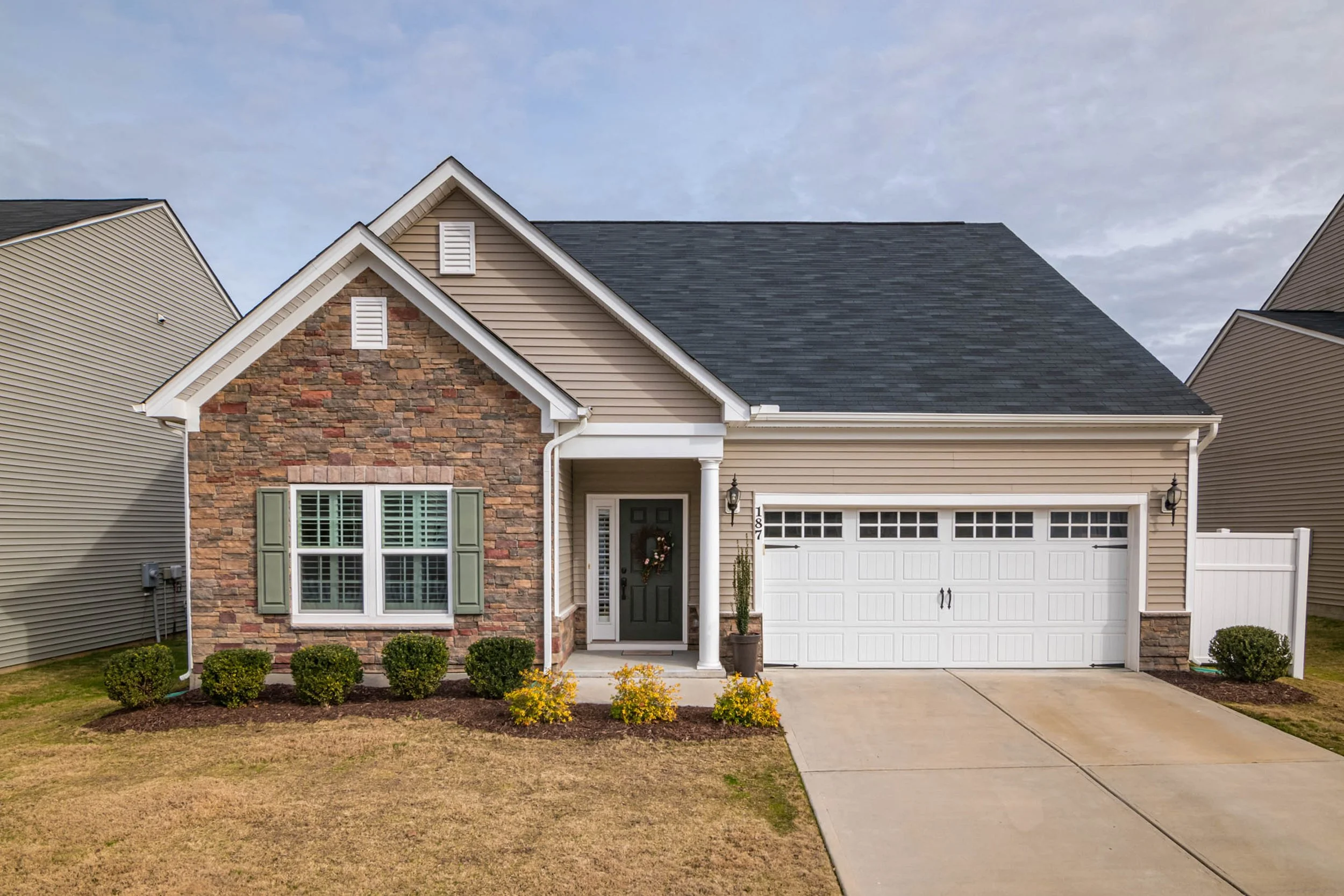Choosing the Right Wood for Your Home Improvement Project
RH Business Marketing Solutions
Proper lighting can work wonders if you're looking to illuminate your garden, highlight architectural features, or simply boost your home's curb appeal. And when it comes to enhancing your living space, few projects can make as significant an impact as exterior lighting installation.
However, before you get lost in the world of exterior lighting, laying a strong foundation for your project is essential. Choosing the right wood for your home improvement project is the first step towards creating a beautiful, lasting outdoor space.
Wood is a timeless choice for various home improvement projects, from decking and fencing to pergolas and outdoor furniture. Its natural beauty, versatility, and durability make it a preferred material for many homeowners.
Nevertheless, selecting the appropriate type of wood can be daunting as various factors come into play. In this article, we will guide you through choosing the suitable wood for your home improvement project, ensuring that your exterior lighting installation stands the test of time.
Understand Your Project's Needs
Before you rush to the lumberyard, take some time to understand the specific needs of your home improvement project. Different outdoor projects require different types of wood due to variations in weather exposure, moisture levels, and usage patterns.
For decking projects, your primary considerations should include durability, resistance to decay and insects, and overall aesthetics. Cedar, redwood, pressure-treated pine, and tropical hardwoods like Ipe and Tigerwood are well-suited for this purpose. These woods offer varying degrees of resistance to the elements and a range of beautiful natural colors.
Regarding fencing, factors such as privacy, aesthetics, rot resistance, and maintenance requirements play a crucial role in wood selection. Cedar, redwood, pressure-treated pine, and cypress are among the top choices for fencing projects, offering a combination of beauty and longevity.
If you're planning to build a pergola, aesthetics, strength, and resistance to weathering become paramount. Cedar, redwood, pressure-treated pine, and Douglas Fir are excellent options for creating a visually appealing and robust outdoor structure.
For crafting outdoor furniture, the emphasis shifts to durability, weather resistance, and comfort. Teak, cedar, redwood, and white oak are favored choices, known for their ability to withstand the elements while providing comfort and style.
Regarding exterior lighting structures, your focus should be durability, ease of construction, and the ability to securely hold lighting fixtures. Cedar, redwood, pressure-treated pine, and cypress are suitable for ensuring your lighting fixtures are stable and long-lasting, making your outdoor space shine brightly.
Consider Durability and Maintenance
Outdoor wood structures are exposed to the elements, which means they must withstand harsh conditions like rain, UV rays, and temperature fluctuations. When choosing wood for your project, consider its durability and maintenance requirements.
Cedar and redwood are popular choices for outdoor projects due to their natural resistance to decay and insects. Pressure-treated pine is another option, treated to resist rot and insect damage. Tropical hardwoods like Ipe and Tigerwood are incredibly durable but come at a higher cost.
Remember that some woods may require regular maintenance, such as sealing, staining, or painting, to maintain their appearance and durability. Others, like teak, naturally weather to a beautiful gray patina without extensive maintenance.
Budget Considerations
Your budget is essential in choosing the right wood for your home improvement project. Some woods are more expensive than others in terms of initial cost and long-term maintenance.
Cedar and pressure-treated pine are often budget-friendly options for many outdoor projects. Redwood and tropical hardwoods can be more expensive but offer greater longevity. It's essential to balance your budget and your project's long-term needs. Investing more upfront in durable wood may save you money on maintenance and replacement costs.
Environmental Impact
Sustainability is a growing concern in the world of home improvement. Many homeowners are looking for eco-friendly options when choosing wood for their projects. If you're environmentally conscious, consider wood certified by organizations like the Forest Stewardship Council (FSC), indicating responsible forestry practices.
Additionally, you can explore alternative materials like composite decking, made from recycled materials and requires less maintenance, thus reducing its environmental impact over time.
Aesthetics and Style
The appearance of your wood is another critical factor. Different woods offer various natural colors and grain patterns, which can significantly influence the aesthetics of your home improvement project. Cedar and redwood, for example, have a warm, reddish hue, while pressure-treated pine is more neutral in color. Tropical hardwoods often boast rich, dark tones.
Consider the existing style of your home and outdoor space when choosing wood. Your selection should complement the overall design and ambiance you want to create. Some homeowners prefer untreated wood's weathered, rustic look, while others prefer the polished appearance of stained or painted surfaces.
Ease of Construction
If you plan to tackle the construction of your outdoor structure yourself, consider the ease of working with the chosen wood. Some woods, like cedar and pressure-treated pine, are relatively easy to cut and shape. Tropical hardwoods, on the other hand, can be more challenging to work with due to their density.
Choose a wood that aligns with your DIY skills and available tools. If you're uncomfortable with complex woodworking, it's wise to consult with a professional to ensure the successful completion of your project.
Compatibility with Exterior Lighting Installation
Returning to our initial focus on exterior lighting installation, selecting a wood that can securely accommodate lighting fixtures is essential. With their natural resistance to decay, Cedar and redwood are excellent choices for structures where lighting will be installed. Pressure-treated pine is also a reliable option.
Consider the ease of attaching lighting fixtures, whether wall-mounted, post-mounted, or integrated into the structure. The wood you choose should provide a stable and durable surface for installing lighting elements, ensuring they remain secure and functional over time.
Conclusion
Your home improvement project, especially when it involves exterior lighting installation, deserves the proper foundation, and choosing the appropriate wood is the key. You can make an informed decision by understanding your project's needs, considering durability, budget, environmental impact, aesthetics, ease of construction, and compatibility with lighting fixtures.
Remember that there is no one-size-fits-all answer when selecting wood for your project. Each project is unique, and the best wood choice will depend on your specific requirements and preferences. Ultimately, the suitable wood will enhance the functionality and beauty of your outdoor space and ensure that your exterior lighting installation continues to shine bright for years to come. So, go ahead, embark on your home improvement journey, and watch your outdoor space transform with the perfect wood choice.














